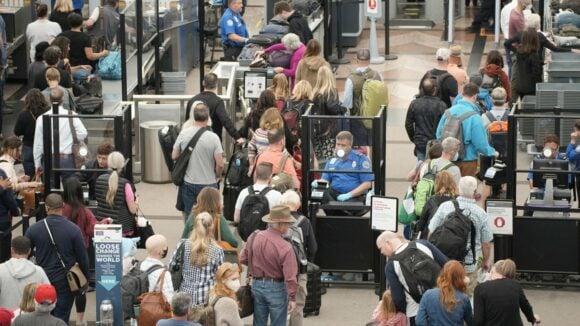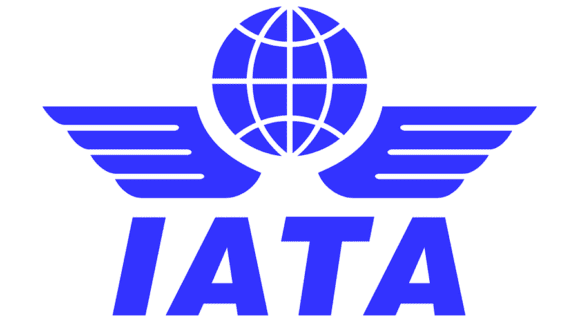
A year before the pandemic, a SpiceJet flight skidded off Mumbai Airport’s main runway, taking over three days to remove the aircraft and reopen the runway, causing around 300 flight cancellations. India’s airports are getting a lot of state attention.
Such incidents underscored the urgent need for improved air traffic management in India’s financial capital.
This week, as Prime Minister Narendra Modi inaugurates Navi Mumbai International Airport, a state-of-the-art facility on the city’s outskirts, the risk of similar disruptions is expected to decline.
The new airport, completed at an estimated $2 billion after more than two decades of planning, aims to mitigate air safety challenges, reduce aircraft congestion over Mumbai, and provide additional flight routes and slots that have been limited at the older, land-locked Chhatrapati Shivaji Maharaj International Airport, originally established in 1942 by the British Royal Air Force as Santa Cruz Airport.
“Terminal One is complete, with a 20 million passenger capacity per annum, 0.8 million metric tonnes of cargo capacity, and one runway,” said Vijay Singhal, Vice Chairman and Managing Director of the City and Industrial Development Corporation of Maharashtra Limited (CIDCO) referring to the new airport. “Once fully operational, the two airports together will handle nearly 150 million passengers per year, positioning Mumbai as a major aviation hub in India.”
Navi Mumbai International Airport will be the first aerodrome in India to be seamlessly connected by expressways, metro, suburban rail, highways, and even water taxi, and it will also feature facilities for storing sustainable aviation fuel, he added.
In the 2024–25 fiscal year, Mumbai Airport handled 55 million passengers, while Delhi Airport remained the busiest in India with 79 million. Globally, Dubai Airport led with approximately 92 million, London Heathrow had 84 million, Singapore Changi Airport recorded 68 million, and John F. Kennedy Airport handled 63 million passengers.
But even with Navi Mumbai Airport operational, Mumbai is unlikely to surpass GMR Airports-led Delhi Airport in passenger traffic soon. The existing Mumbai Airport will shut Terminal One for renovations, diverting some traffic to the new facility. Both airports are managed by Adani Airports Ltd.
Meanwhile, Delhi is set to get its second airport in the next few weeks as well. Noida Airport, developed by Zurich Airport International AG, is expected to serve 6 million passengers in its first year. With Delhi’s upgraded airport now capable of handling 110 million passengers, the capital is expected to maintain its lead.
For context, the last time Mumbai’s airport handled more passengers than Delhi’s Indira Gandhi International Airport was in 2010, when Delhi recorded 12.2 million passengers and Mumbai 12.1 million.
There is no dearth of takers for all the incoming airport capacity.
Currently, Indian airlines, including IndiGo, Air India, and Akasa Air, have over 1,800 aircraft on order and India’s air traffic is growing at around 8%. Demand for airport parking bays and slots remains strong, with airlines already announcing plans to start flights once commercial operations begin in December at both these airports.
“What we feel is that there is scope for more airlines because the way the sector is growing we need more players,” India’s director general of civil aviation Faiz Ahmed Kidwai said in a recent interview, “If more carriers come, yes, they’ll have an opportunity.”
While new airlines don’t appear to be on the horizon yet, this massive capacity built up has also raised some key questions : Will these heavily invested airports lower air travel costs for passengers? How will they ensure fair and equitable operations? Will the two Mumbai airports, controlled by the same firm, genuinely compete or will competition be felt only at Delhi?
Over the next year, airlines, airports, and regulators will navigate these issues, even as passengers enjoy some relief from congestion and prolonged aircraft hovering over the city and Navi Mumbai International Airport finally reinforces Mumbai’s role as a key global aviation hub in the world’s fastest growing major aviation market.
Views: 128



